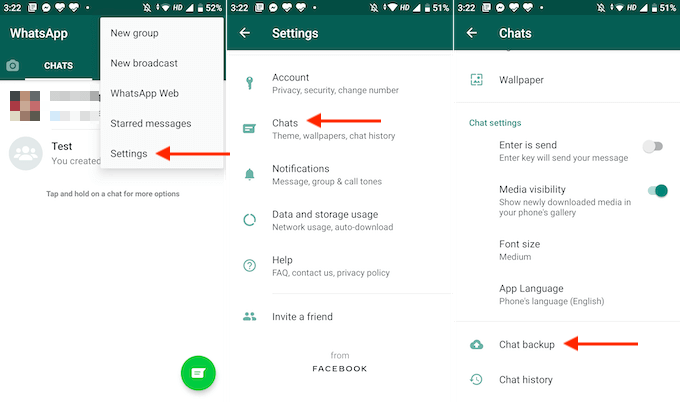
Read more: The differences between SATA and NVMe SSDs.However, the more devices and photos you have, the more difficult this can be to put in place.Įven still, the one advantage external hard drives have over recordable media is the bigger and cheaper storage space, with external hard drives now commonly offering over 1TB of storage or more. In which case, saving to a single master USB stick can work well as a backup option for photos in general.
#Back up photos to google photos portable#
In that regard, a USB flash drive will probably be the simpler solution, as not only does it not require leads connecting up to your PC, but they can be easily stored away until needed, and easily portable for use on the go as well. Better still, USB flash drives tend to be relatively cheap while offering a large storage space. Additionally, you might not want to use up your limited number of USB ports with an "always on" external hard drive connection. That may not seem like a big problem, but it would seem more ideal to reduce clutter so that backups won't get in your way. While reliability may seem like an initial plus, it does mean you will have to find space for the drive and connecting wires on your computer workspace. The best SSDs (Solid State Drives) are more stable, but tend to cost more. That's a perfectly fine way to run a set of backups, but with the caveat is that hard drives can fail.

When it comes to using an external drive, most people might immediately think of a standalone SATA hard drive, connected up via USB to your computer.


 0 kommentar(er)
0 kommentar(er)
